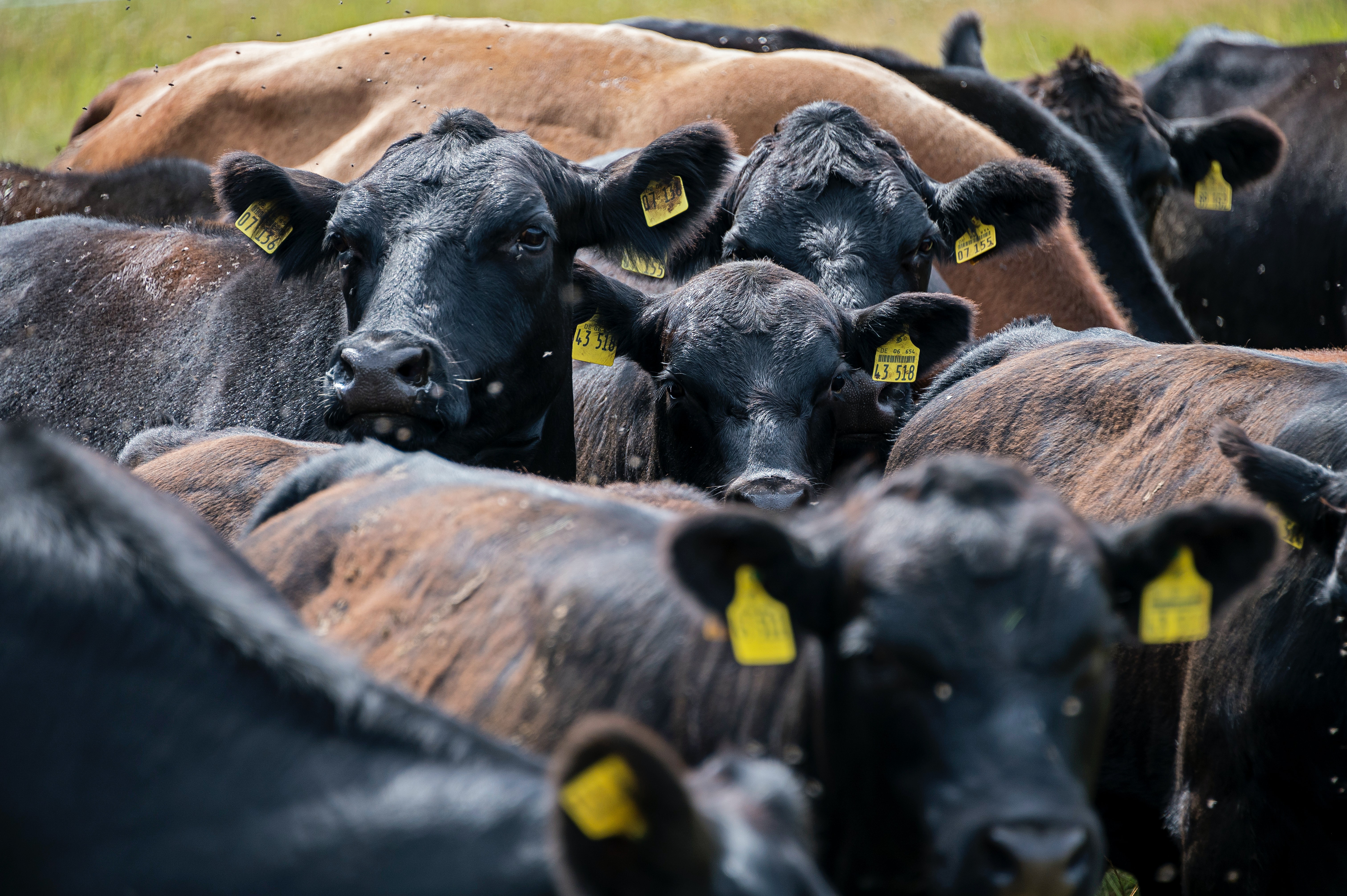In the U.S., about 80% of beef products are processed by four large companies: Tyson
Foods, Cargill, JBS USA, and National Beef. As market concentration reaches this level,
one would naturally wonder how much market power these firms possess and the implications
for the upstream cattle sellers and downstream beef buyers.
Textbook economics suggests that firms with substantial market power choose to produce
less than the socially optimal quantity (competitive-market quantity). In the case
of the beef processing industry, the reduction in processing volumes benefit the beef
packers by allowing them to pay lower prices for cattle and ask for higher prices
for processed beef. The reason is that ranchers are likely to accept a low price when
it is hard to sell cattle, and wholesale retailers are willing to pay more for beef
when there is less supplied by the beef packers.
Recently, a class-action lawsuit has been filed by a group of feedlot operators against the four largest beef packers,
alleging their coordinated price-fixing practices that include intentionally reducing
slaughter volumes and manipulating spot market price. The lawsuit is in process and,
like many other antitrust cases, may take a long time to settle. Nonetheless, academics
have been looking at the issue of market power in the beef packing industry.
Economists agree that, in a market of homogeneous products, the emergence of large
firms is a result of economies of scale. Economies of scale refer to the case where
a firm can operate more efficiently when it produces more. This is why we have government-administered
natural monopolies such as railway systems and municipal water services. Due to the
high fixed costs of building infrastructure in such industries, the average cost is
minimized by operating a single, large firm.
In agriculture, technology development has changed the cost structure and lifted the
efficient scale such that the size of a firm required to reach the lowest cost has
grown. Consequently, there have been many mergers and acquisitions in recent decades.
Consolidation in agricultural production resulted in higher concentration, larger companies, and thinner markets. For example, Cargill has only six beef-processing plants in the U.S. but handles
7 million head of cattle a year.
For these reasons, some people have argued that these large firms with highly efficient production may offer consumers lower
prices, improving consumer welfare. However, these arguments miss one fundamental
characteristic of market power. A firm’s production cost alone does not define its
market power. Instead, market power is determined by how much the firm charges above
its cost, i.e., profit margin or markup. After all, natural monopolies such as the
municipal water system are allowed to operate because they do not charge high prices
by limiting supplied quantities, i.e., they are not exercising monopoly power. Therefore,
cost structure may offer an explanation for the emergence of large companies but does
not showcase the current state of market power.
Testing market power is an empirical question. A recent economics study identified oligopolistic pricing strategies implemented by the beef packers from 2015
to 2019, suggesting that cartel-like collusion exists among the firms when they sell
processed beef to retailers.
The remaining question is whether these large firms implement oligopsony pricing strategies
when purchasing cattle from farms, as the lawsuit alleges. There has not been an up-to-date
empirical study on this subject, but we can look at the issue through economic principles.
In a competitive beef-packing market, the benefit of a firm’s low-cost production
will be mostly transmitted to downstream buyers (consumers) and upstream suppliers
(farms). That means, when beef packers’ costs are reduced by operating larger plants,
they should be willing to pay more to get cattle. However, we do not see an increase
in the farm-level cattle price in the past several years when consolidation in the
beef packing industry was on the rise. Instead, ranchers’ share of the total market
value decreased. The increase in the profit margins of the beef packers, on the other
hand, indicates the likely case where they have been exercising market power. For
example, the net profit margin of Tyson Foods has quadrupled from around 2.5% in 2015
to 10.8% in October 2021.
Antitrust policy is a complicated subject. Currently, various government programs
support farm income and help mitigate risks. However, the benefit of these programs
will be mostly transmitted to the beef packers under an unequal-market-power structure
because the financial support may increase farmers’ willingness to accept low prices.
From this point of view, policies that aim to improve competition should focus on
the processing companies by preventing them from forming collusions and adopting price-fixing
strategies. That said, some profit level could still be allowed as an incentive for
being efficient. The questions are, how much market power should be tolerated, and
what can the regulating agencies do to restrain it?

Yang Yu
Assistant Professor

